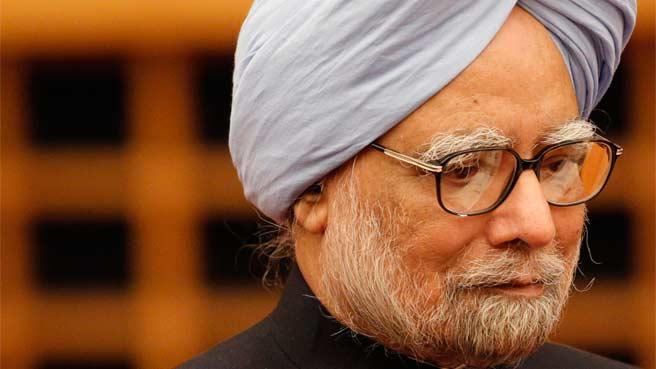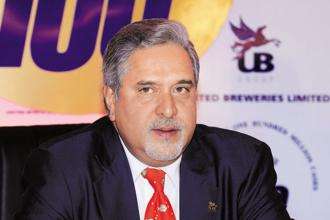April 27, 2014
UK remains the state’s biggest market and Europe continues to be a key market as well but officials say the US has emerged as the second market

April 27, 2014
UK remains the state’s biggest market and Europe continues to be a key market as well but officials say the US has emerged as the second market

Chennai: For 2013-14, Kerala’s tourism industry has netted record revenue of Rs 24,000 crore, compared to Rs 22,000 crore the previous year. While tourist arrivals have topped 1.15 crore this year, Kerala Tourism Secretary Suman Billa estimates that “with the definition of ‘tourist’ being amorphous, somebody going from Trivandrum to Kochi to visit his uncle for a day or returning from a day’s business trip to Delhi, is also a traveller.”
But taking into account such “definition issues”, Kerala gets about 10 lakh foreign visitors a year, and “these are mostly upper-end leisure tourists”.
Tourism revenues make up for one tenth of the State’s GDP, and brought in foreign exchange worth Rs 5,000 crore, the second highest after remittances. The focus has traditionally been on high-end tourism – those who would spend $100-plus on a hotel room per night. “For us tourism is just a business like any other. With the time of a traveller being limited you have to get as much revenue as possible,” says Billa.
In the “classified sector” Kerala has 60,000 hotel rooms, not including home stays and other informal arrangements.
Ayurveda attraction
Ayurveda is of course the biggest draw for foreign arrivals and spending. Thanks to Ayurvedic treatments requiring a two to four week stay, the average stay of an international tourist in Kerala is a surprisingly high 18.6 nights, “among the highest in the world.” The number was 17.1 nights per visitor barely a few years ago.
“We say it doesn’t matter that we have only a million international tourists; the important thing is to focus on increasing the length of stay. So we’re constantly adding new activities such as adventure, festivals, backwater journeys, village life experience through responsible tourism, to encourage people to extend their holiday.”
While in 1995-96, the $100-plus per night category was only international, more and more domestic tourists, not only from the metros but also Tier-2 and Tier-3 cities, are opting for high-end tourism.
While UK remains Kerala’s biggest market, “and traditionally we’ve always been a Eurocentric market, surprisingly now the US has emerged as our second market”, says Billa.
He adds that till now Kerala had not aggressively worked the US market thinking of it as a long-haul destination, but increased arrivals has enthused them to step up marketing through road shows and other activities there. “Particularly after we found that many of them come to India on business trips, which they extend for a holiday in Kerala”.
Courtesy: The Hindu Business Line







































































































